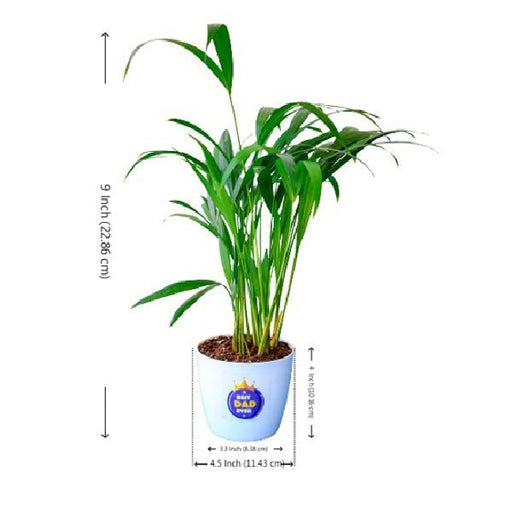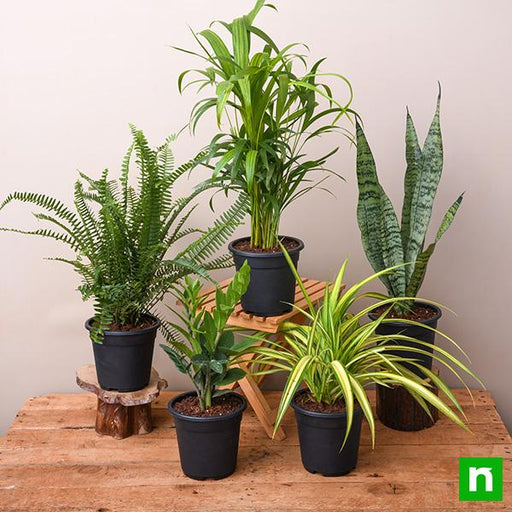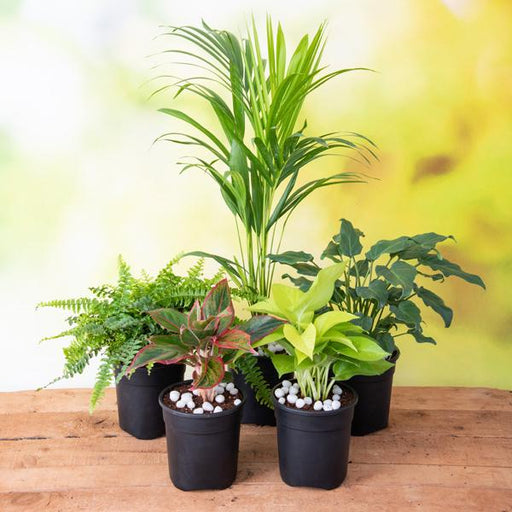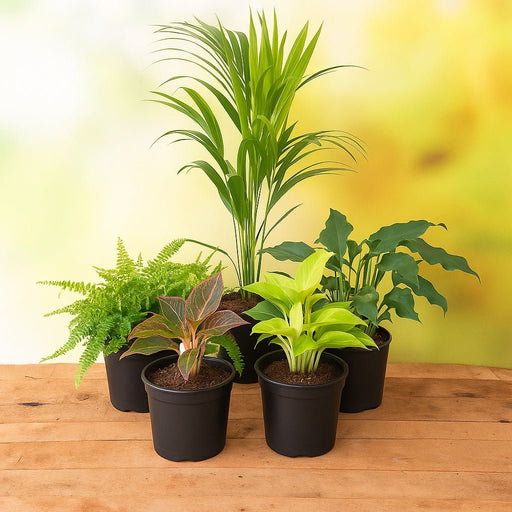Types of Palm Plants
Palm plants come in a variety of types, each with its unique characteristics, colors, and growth habits. In this article, we will explore the different types of palm plants and provide information on how to grow and care for them.
Growing Palm Plants
Growing palm plants can be a fun and rewarding experience. In this article, we will provide tips and advice on how to grow palm plants successfully, including soil preparation, watering, and fertilization.
Care and Maintenance of Palm Plants
Proper care and maintenance of palm plants can help them thrive and produce a bountiful harvest. In this article, we will discuss the best practices for pruning, fertilizing, and pest control of palm plants.
Palm Plant Diseases
Palm plants are susceptible to a variety of diseases, including fungal infections, bacterial diseases, and viral infections. In this article, we will explore the common diseases that affect palm plants and provide tips on how to prevent and treat them.
Palm Plant Pests
Palm plants can be attacked by a variety of pests, including insects, mites, and rodents. In this article, we will discuss the common pests that affect palm plants and provide tips on how to prevent and control them.
Benefits of Palm Plants
Palm plants not only add beauty and aesthetic value to your home but also offer many benefits, including air purification and stress relief. In this article, we will explore the benefits of palm plants and how they can improve your overall well-being.
Palm Plants for Landscaping
Palm plants are a popular choice for landscaping due to their beauty, elegance, and tropical appeal. In this article, we will provide advice on how to choose the right palm plants for your landscape and how to incorporate them into your overall design.
Palm Plants for Indoors
Palm plants can be grown indoors, adding a touch of the tropics to your home decor. In this article, we will explore the best palm plants for growing indoors and provide tips on how to care for them.
Palm Plants for Outdoors
Palm plants can also be grown outdoors, creating a beautiful and lush tropical landscape. In this article, we will explore the best palm plants for growing outdoors and provide tips on how to care for them.
Palm Plants for Container Gardening
Palm plants can be grown in containers, making them a great choice for small gardens or patios. In this article, we will explore the best palm plants for container gardening and provide advice on how to care for them.
Palm Plants for Desert Landscaping
Some palm plants are adapted to desert climates and can thrive in hot and arid environments. In this article, we will explore the best palm plants for desert landscaping and provide tips on how to care for them.
Palm Plants for Coastal Landscaping
Palm plants are a popular choice for coastal landscaping due to their ability to tolerate salt spray and windy conditions. In this article, we will explore the best palm plants for coastal landscaping and provide advice on how to care for them.
Palm Plants for Pool Landscaping
Palm plants can add a tropical and relaxing ambiance to your poolside landscaping. In this article, we will explore the best palm plants for pool landscaping and provide tips on how to create a beautiful and functional design.
Palm Plants for Privacy
Some palm plants can be used to create a natural privacy screen around your property. In this article, we will explore the best palm plants for privacy and provide tips on how to create an attractive and effective screen.
Palm Plants for Shade
Some palm plants thrive in shady areas and can add color and interest to your garden. In this article, we will explore the best palm plants for shade and provide advice on how to care for them.
Palm Plants for Sun
Palm plants that require full sun can add brightness and color to your garden. In this article, we will explore the best palm plants for full sun and provide tips on how to care for them.
Cold Hardy Palm Plants
Some palm plants can tolerate cold temperatures and are a great choice for gardeners in colder climates. In this article, we will explore the best cold hardy palm plants and provide tips on how to care for them.
Palm Plants for Bonsai
Palm plants can also be grown as bonsai, creating a unique and miniature version of the palm tree. In this article, we will explore the best palm plants for bonsai and provide tips on how to care for them.
Palm Plants for Edible Landscaping
Some palm plants are edible and can be used to create a functional and attractive landscape. In this article, we will explore the best palm plants for edible landscaping and provide information on their culinary uses and growing requirements.
Palm Plants for Wildlife
Palm plants can attract a variety of wildlife, including birds, butterflies, and bees. In this article, we will explore the best palm plants for wildlife and provide tips on how to create a wildlife-friendly garden.
































































